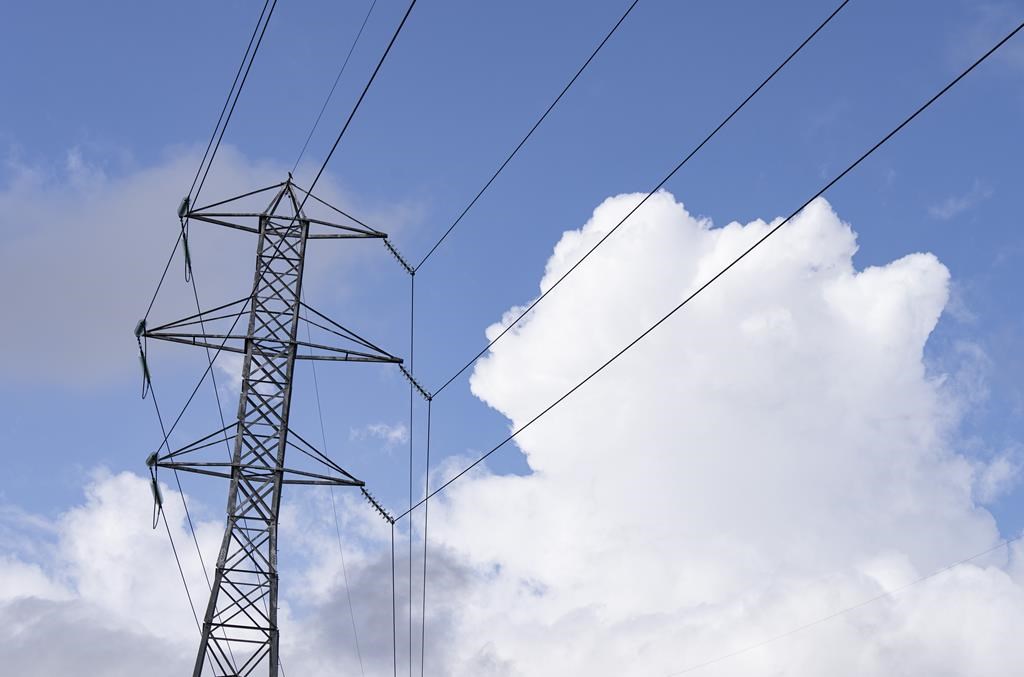Resurgent Sally threatens drenching in Alabama, Florida
Posted Sep 15, 2020 11:30 pm.
Last Updated Sep 16, 2020 6:32 am.
PENSACOLA, Fla. — A newly strengthened Hurricane Sally pummeled the Florida Panhandle and south Alabama with sideways rain, beach-covering storm surges, strong winds and power outages early Wednesday, moving toward shore at an agonizingly slow pace that promised a drawn out drenching and possible record floods.
Some 150,000 homes and businesses had lost electricity by early Wednesday, according to the poweroutage.us site. A curfew was called in the coastal Alabama city of Gulf Shores due to life-threatening conditions. In the Panhandle’s Escambia County, Chief Sheriff’s Deputy Chip Simmons vowed to keep deputies out with residents as long as physically possible. The county includes Pensacola, one of the largest cities on the Gulf Coast.
“The sheriff’s office will be there until we can no longer safely be out there, and then and only then will we pull our deputies in,” Simmons said at a storm briefing late Tuesday.
This for a storm that, during the weekend, appeared to be headed for New Orleans. “Obviously this shows what we’ve known for a long time with storms – they are unpredictable,” Pensacola Mayor Grover Robinson IV said.
Sally rapidly strengthened as it approached land, quickly rising into a Category 2 storm, packing 100 mph (160 kph) winds. It was 65 miles south-southeast of Mobile, Alabama, and moving north-northeast at 2 mph (4 kph). Landfall was expected on the northern Gulf Coast early Wednesday. A National Hurricane Center forecast map showed a possible landfall between Alabama’s Mobile Bay and the Panhandle.
Sally was a rare storm that could make history, said Ed Rappaport, deputy director of the National Hurricane Center.
“Sally has a characteristic that isn’t often seen and that’s a slow forward speed and that’s going to exacerbate the flooding,” Rappaport told The Associated Press.
He likened the storm’s slow progression to that of Hurricane Harvey, which swamped Houston in 2017. Up to 30 inches (76 centimetres) of rain could fall in some spots, and “that would be record-setting in some locations,” Rappaport said in an interview Tuesday night.
Although the hurricane had the Alabama and Florida coasts in its sights Wednesday, its effects were felt all along the northern Gulf Coast. Low lying properties in southeast Louisiana were swamped by the surge. Water covered Mississippi beaches and parts of the highway that runs parallel to them. Two large casino boats broke loose from a dock where they were undergoing construction work in Alabama.
Mississippi Gov. Tate Reeves urged people in the southern part of his state to prepare for the potential for flash flooding.
After dumping rain on the coast Wednesday, Sally was forecast to bring heavy downpours to parts of Mississippi, Alabama, Georgia and the Carolinas later in the week.
Sally’s power was an irresistible draw for some in its path.
With heavy rains pelting Navarre Beach, Fla., and the wind-whipped surf pounding, a steady stream of people walked down the wooden boardwalk at a park for a look at the scene Tuesday afternoon.
Rebecca Studstill, who lives inland, was wary of staying too long, noting that police close bridges once the wind and water get too high. With Hurricane Sally expected to dump rain for days, the problem could be worse than normal, she said.
“Just hunkering down would probably be the best thing for folks out here,” she said.
___
Wang reported from Mobile, Alabama and Martin, from Marietta, Georgia. Associated Press reporters Russ Bynum in Savannah, Georgia; Sophia Tulp in Atlanta; Tamara Lush in St. Petersburg, Florida; Rebecca Santana in New Orleans; Emily Wagster Pettus in Jackson, Mississippi and Kim Chandler in Montgomery, Alabama, contributed to this report.
Jay Reeves, Angie Wang And Jeff Martin, The Associated Press










